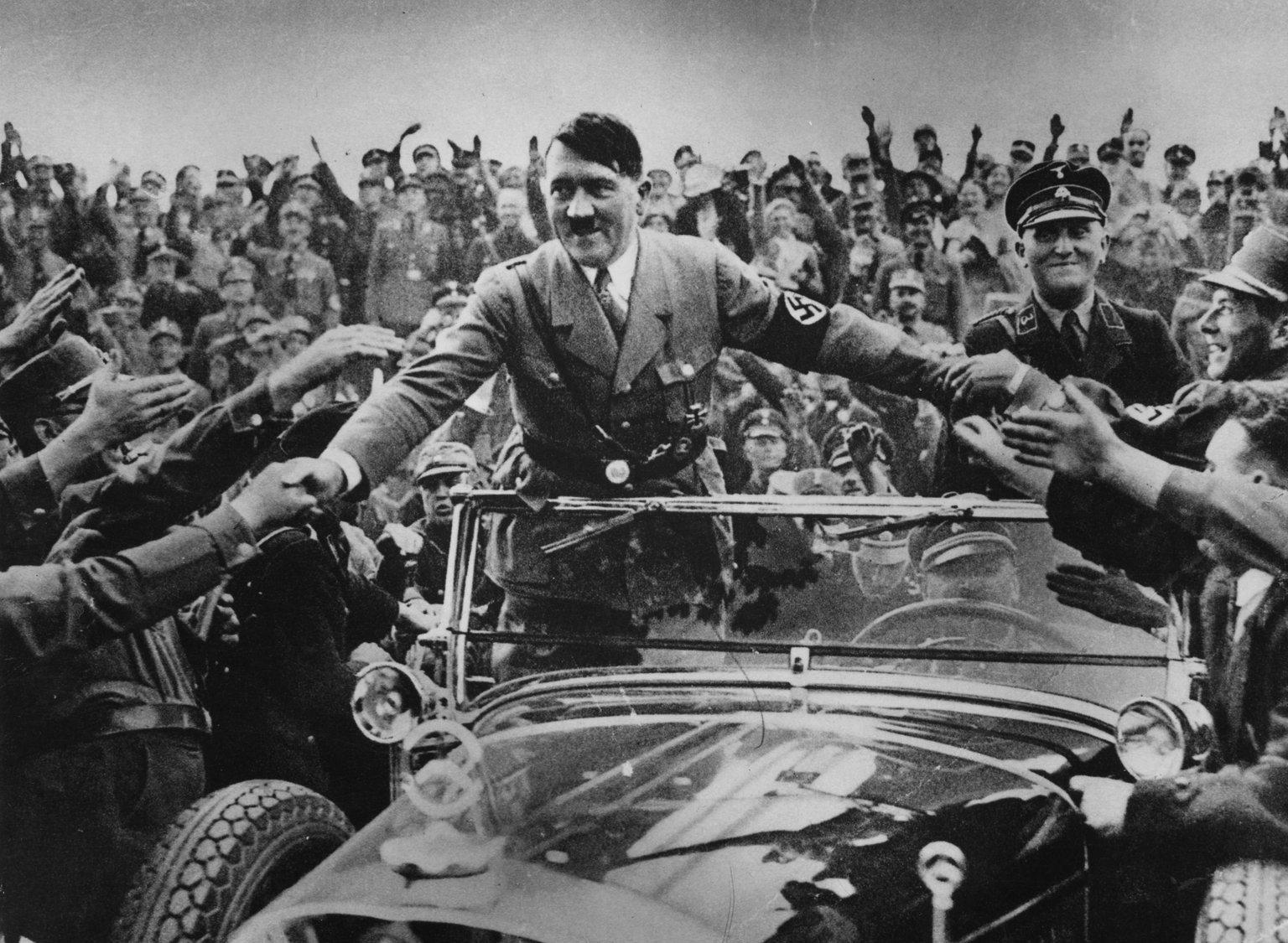“History is a pack of lies about events that never happened told by people who weren’t there.”
―George Santayana
From personal affairs to financial schemes to events that never happened, the world has been told some enormous lies throughout history. Below are 45 true facts about the biggest lies in history.
45. So He Didn’t Chop Down that Cherry Tree?
At one time or another, most children have been told the story about George Washington and the cherry tree. The story is supposed to exemplify Washington’s honesty, but it turns out that it was completely made up by Washington’s biographer.

44. A Slight Exaggeration
Everyone knows Paul Revere’s famous cry “The British Are Coming! The British Are Coming!” during his midnight ride, but he never said that, or even rode through Concord at all. After his death at age 76, poet Henry Wadsworth Longfellow made Revere famous with his “Midnight Ride” Poem, in which he greatly exaggerated the true events.
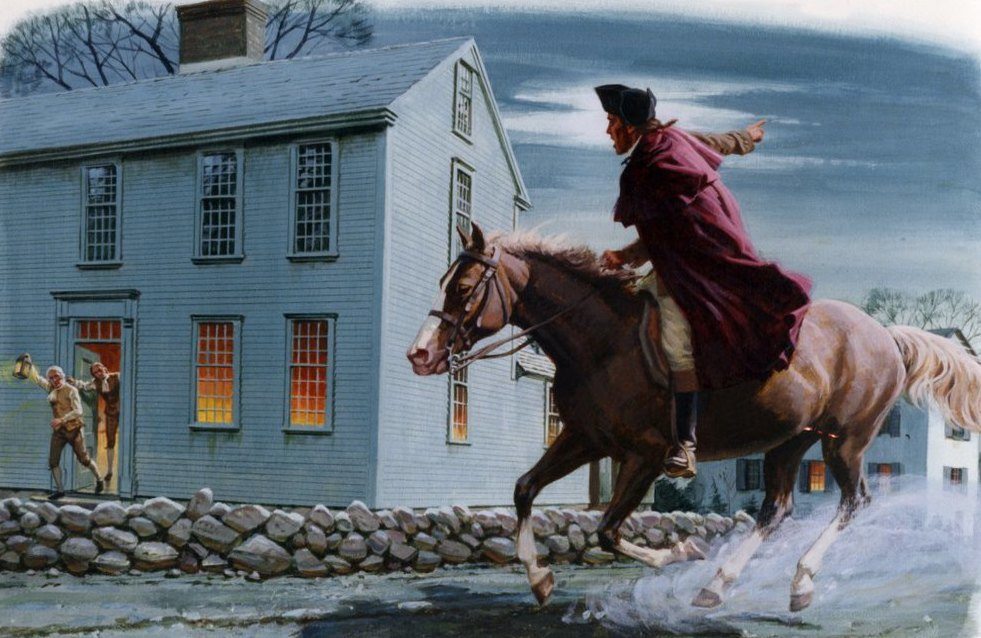
43.We’re Totally Not Building a Wall!
On the same day that construction began on the Berlin Wall, German Communist leader Walter Ulbricht publicly claimed that “Nobody has the intention of building a wall.” The wall stood for almost thirty years and separated the city (and families) before it was brought down.

42. Not for Everyday Use
Modern day portraits of Vikings portray them wearing the horned helmets people commonly associate with them, but that’s not the case. While the horned helmets did exist, they were from the Bronze age, and were used for ritualistic religious ceremonies.

41. It Wasn’t for Love
The story of Van Gogh’s severed ear is legendary in the art world, but he neither cut it off himself, nor mailed it to his girlfriend. Historians now believe that his friend and fellow painter Paul Gaugin sliced off his ear with his sword when the two got into a fight.

Van Gogh’s ear–idea for a pool
40. I Am Not a Crook!
The Watergate Scandal is famous, largely because of Nixon’s insistence that he wasn’t guilty. When the truth broke, and he got caught in his lie, Nixon broke down on television, wept, and resigned the presidency.

39. Sure the War Can Be Averted
As Prime Minister of Britain in the 1930s, Nevil Chamberlin chose to ignore the threats of Hitler’s Mein Kampf, and his other pronouncements in an effort to maintain peace. Hitler and Chamberlin met twice to discuss reapportionment of Germans under Czech rule, and Hitler assured Chamberlin that the war could be averted if the reapportionment occurred. Hitler had in fact already mobilized the German army to attack Czechoslovakia, and hoped that Chamberlin would prevent the Czechs from mobilizing, thus allowing a surprise German attack.

38. The Unsinkable Ship
White Star Line, the owners of the ill-fated ship RMS Titanic, claimed that the ship was unsinkable. In reality, it’s safety features were below the standard of the time, and the iceberg proved that it was definitely sinkable.
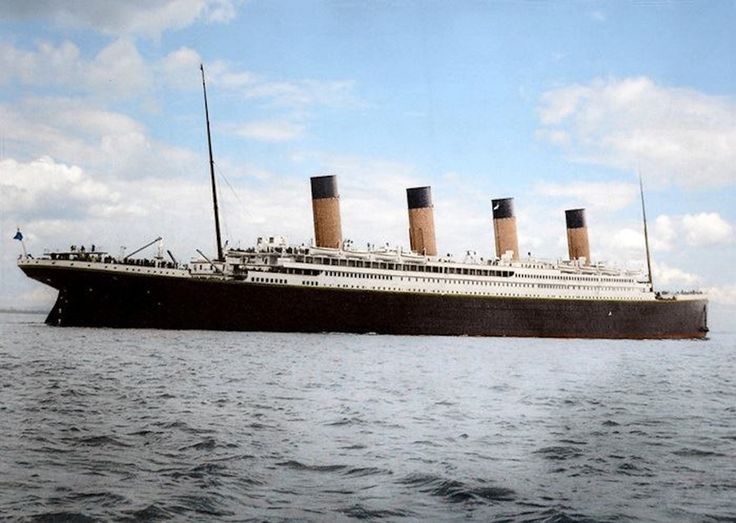
37. It Wasn’t That Heavy
Most people believe that Knight’s plate armor is extremely heavy, but that wasn’t true. The armor really only weighed between 30-50 pounds, which is pretty light… considering it was designed to stop slashing swords and other deadly weaponry.
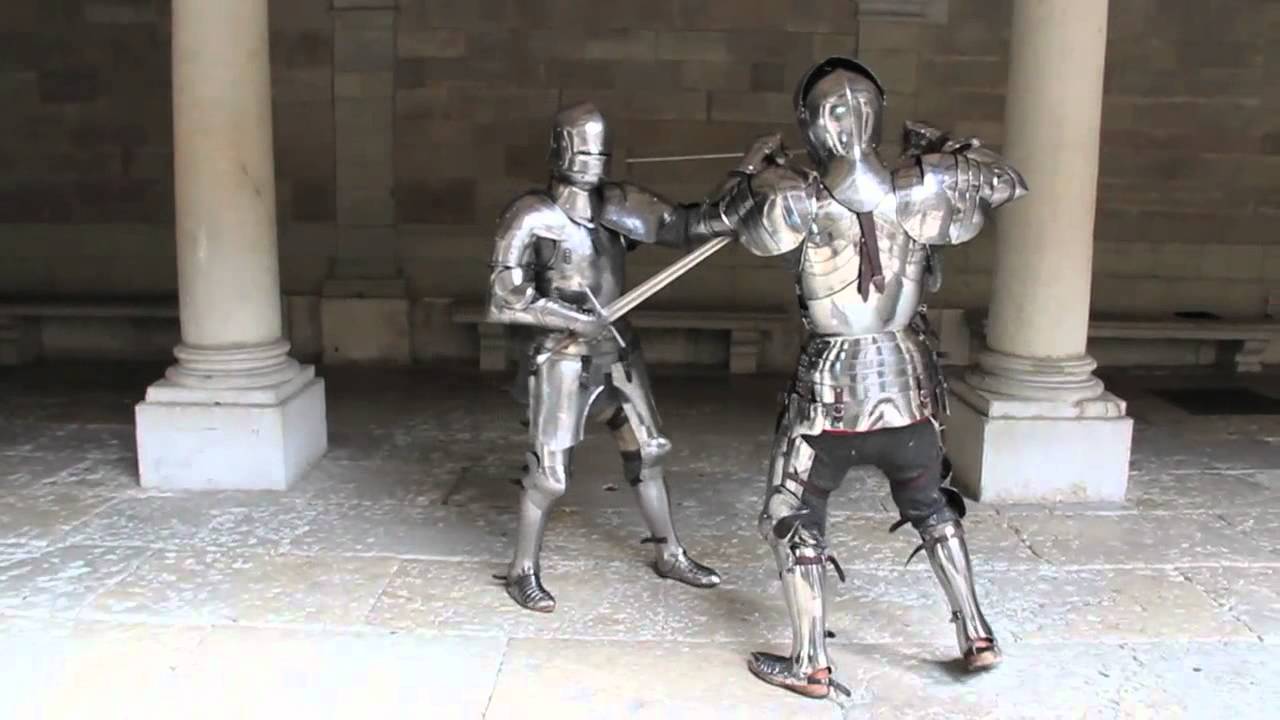
36. Only Good News!
During the Vietnam War, Lyndon B Johnson deliberately concealed negative information about the progress of the war as a means of using the “strong support of the American public” as a tool for negotiating peace. Anything that contradicted that image was supressed, and military leaders were forced to report only good news.

35. An Ingenious Fraudster
Han van Meegren’s art was panned by critics, so to convince them of his talent, he came up with an ingenious scheme. He forged the work of famous artists and passed them off as his own masterpieces. The entire world bought into his scheme and he made millions. Though he was eventually caught, his forgeries are now valuable in their own right.
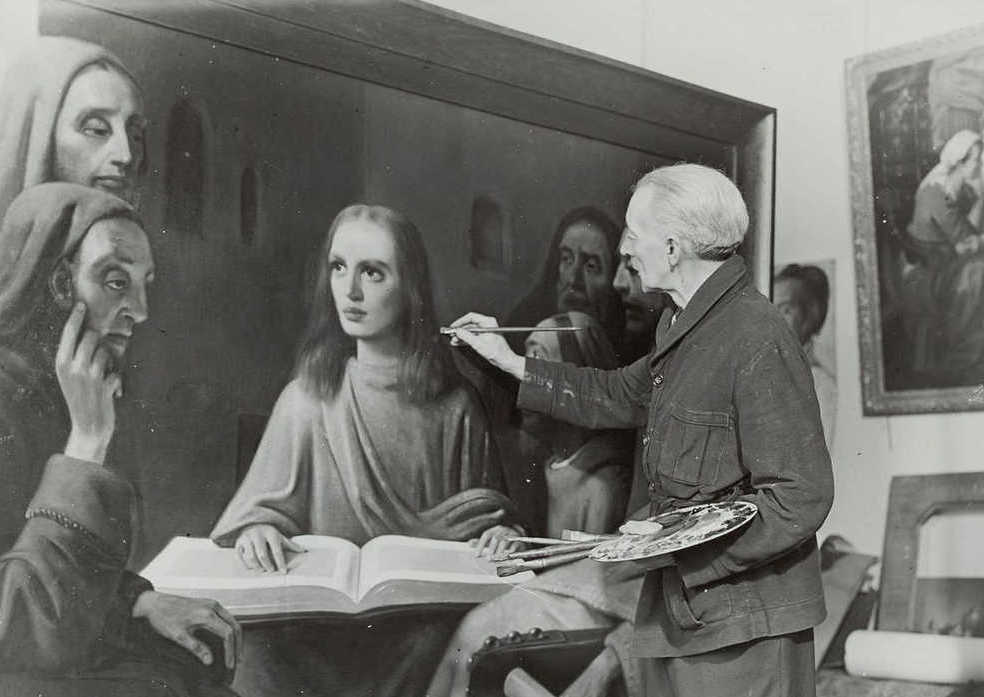
34. Stop Worshiping That!
Some historians believed that Napoleon’s soldiers shot off the Sphinx’s nose, but the nose was gone for hundreds of years before he was born. It was religious leader Muhammad Al-Sa’im Ad-Dahr who destroyed the nose when he saw people worshiping the Sphinx. The Muslim religion prohibits worshiping idols.

33. It’s Under Control!
Three days after the Chernobyl accident in 1986, the Soviet government admitted that 32 people had died, but later criticized the Western reaction, saying that it was unnecessary and the radiation was under control. The Communist party officials secretly evacuated their families, while ordering everybody else to stay. The exact number of deaths is still unknown.

32. A Bad Time to Be a Catholic!
In 17th century England, the Tudor monarchs had declared Protestantism the national religion, and tension between Protestants and Catholics was running high. A renegade Protestant named Titus Oates masterminded a fake conspiracy called “The Popish Plot” and convinced the English that the Catholics intended to assassinate the king. Many Catholics were executed before Oates’ plot was uncovered.
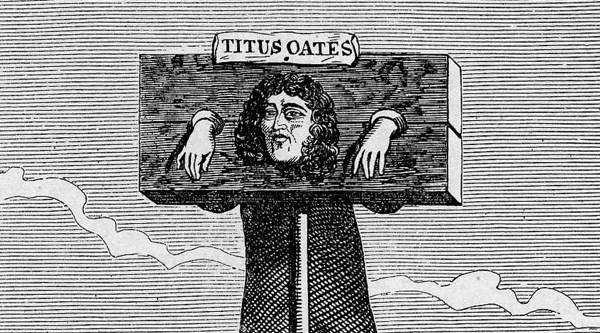
31. They’ve Always Been That Way
How Stonehenge was built and by whom is one of the world’s biggest mysteries, but have they really been standing in the same position for 4000 years? The monument has undergone several restorations, and evidence suggests that several stones have been replaced and rebuilt.

30. A Modern Ponzi Scheme
Bernie Madoff is a former stockbroker and investment advisor who is serving a 150-year prison sentence for executing one of the largest financial Ponzi schemes in history. He defrauded thousands of people out of tens of billions of dollars over a period of 17 years, for no apparent reason. As he testified in court, “I had more than enough money to support any of my lifestyle and my family’s lifestyle. I didn’t need to do this for that.”
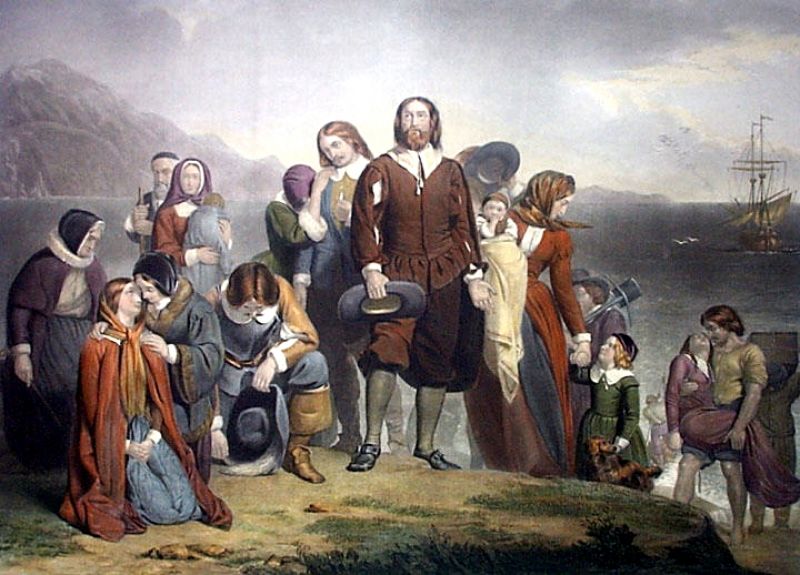
29. Don’t Mess with a Sicilian
At the height of the Peloponnesian War in 415 BCE, Athenian General Alcibiades (who was himself a compulsive liar and manipulator) decided that conquering Sicily would win the war, and he sold the idea to his fellow Athenians. A wise general named Nicias thought the idea was rash and hopeless, so he deliberately oversold the number of troops required to conquer Sicily, in the hopes of dissuading the Athenians. The lie didn’t dissuade them: it encouraged the Athenians to send almost their entire army into battle. As Nicias had predicted, the campaign was a catastrophic failure. The entire force was killed in battle, with the exception of a few hundred deserters.
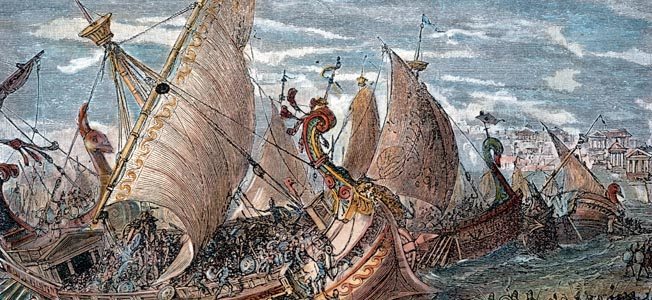
28. A Fake Discovery
In 1912, an unusual skull was discovered in Piltdown, England. It was believed to be the remains of an early human, but decades later, the specimen was proved a fake. It turned out to be an orangutan jaw grafted onto a human skull. Who would go to that kind of trouble just to fool biologists?
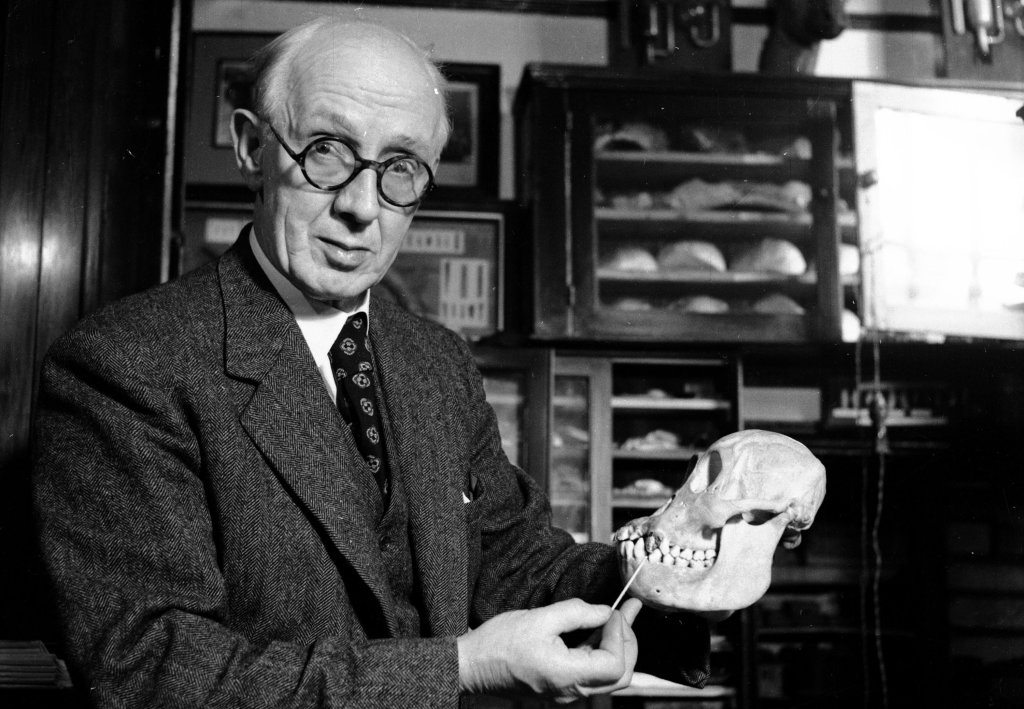
27. Don’t Tell Anyone We Cracked the Code!
Back in WWII, Alan Turing successfully cracked the Nazi Enigma code, but the Allies didn’t want the Germans to know that they’d cracked it, so they created ‘Ultra.’ The Ultra campaign was a deliberate series of lies deigned to keep the Nazis thinking that the code was intact. The deception continued for several years, and according to Churchill, was the reason they won the war.

26. It Wasn’t the Potatoes
Diseased potatoes is the reason traditionally given to explain the deaths of millions of Irish who starved between 1845-52, but that was the catalyst–not the cause. English overlords turned away boats full of food that were sent to Ireland from charitable nations around the world, and Irish farmers were forced to export their crops.

25. Don’t Look a Gift Horse in the Mouth!
The most well-known story of the Trojan war is the one about the giant wooden horse that was first mentioned in The Odyssey. In reality, while the war is real, and Troy did in fact burn down, the horse is likely nothing more than a myth, a result of the epic being transmitted orally for many years before eventually being written down.

24. Not Just Black and White
Pilgrims are frequently depicted as wearing black and white clothing with big black hats, but according to Pilgrim expert Caleb Johnson, Pilgrims actually wore many kinds of styles and colors. The black-and-white idea came from painters in the early 1800s who didn’t know what they wore, and depicted them in more modern, and more familiar clothing.

22. They Weren’t Burned
During the Salem Witch Trials, more than 200 people were accused and tried for being witches, but no American witches lost their lives by being burned at the stake. Burnings were popular in Europe, where 19 witches were executed with fire.
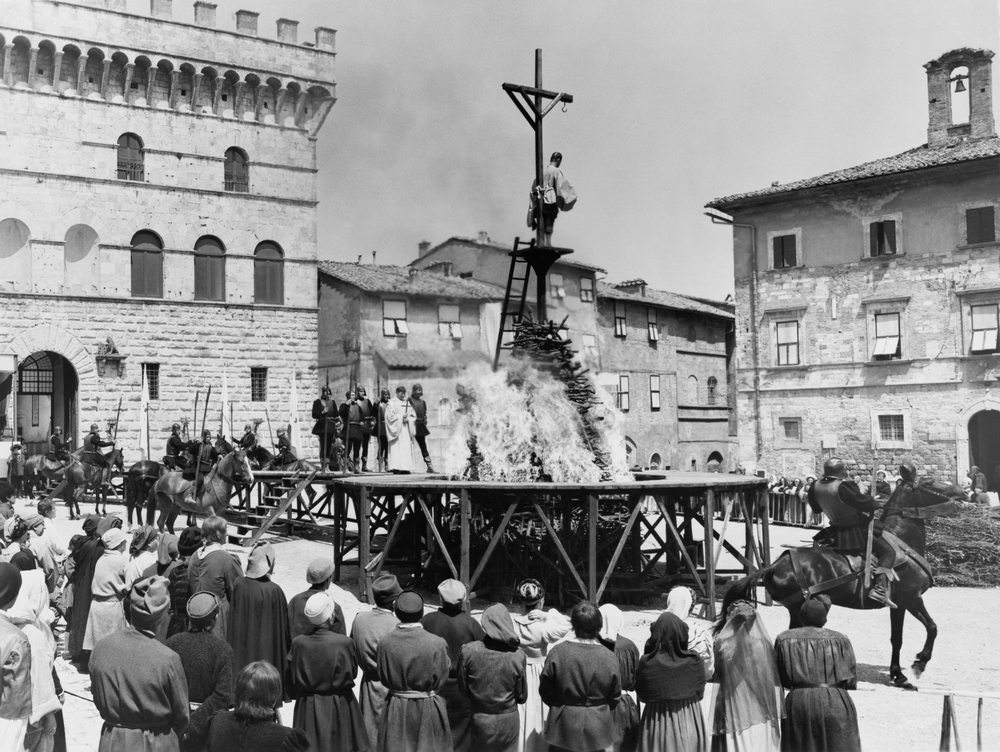
21. The Apple Never Hit Him
The story of how Sir Isaac Newton formed his theory of gravity usually involves an apple falling on his head while he was sitting under a tree. That’s only partially true. Newton did form his theory after seeing an apple fall in his mother’s garden, but the part about it hitting him on the head is a myth.

20. Not Just a Southern Thing
Despite what the history books say, slavery wasn’t unique to the American South. During the 1700s, the colonial North thrived on slavery. In 1740, 1/5 of New York City’s population was slaves. It was only in 1804 that the Northern states abolished slavery, and it didn’t happen all at once. In 1840, Connecticut still had 17 registered slaves.

19. Paid Labor
There has long been a belief that the Egyptian pyramids were built by slaves (or aliens), but in 2010, archaeologists made a discovery that debunked that myth. Tombs of pyramid builders were discovered in the backyard of the pyramids, and the way they were buried, and their proximity to the pyramids suggested that they were both paid and respected.
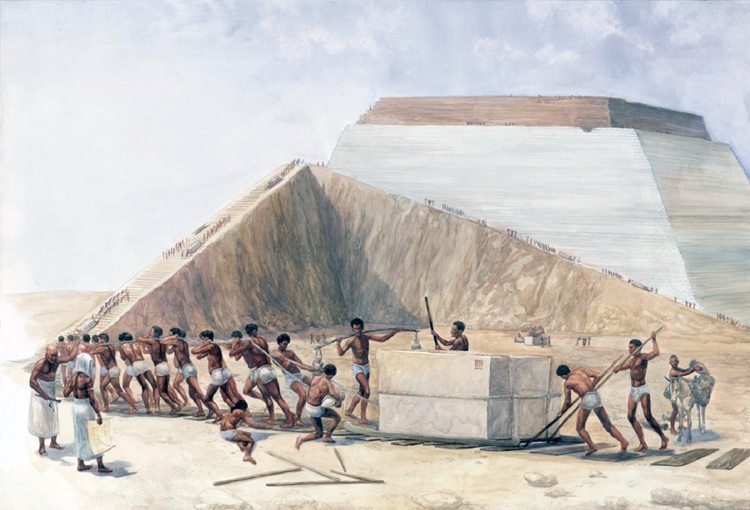
18. Not a Failure After all.
For a long time, it was widely believed that Einstein failed math. In fact, the opposite is true. By the time he was 15, Einstein had already mastered differential and integral calculus, and he came up with an alternative for the Pythagorean theory for fun.

17. An Ominous Precursor
Anti-Semitism was rife in Europe near the end of the 19th century, and decorated French Jewish army captain Alfred Dreyfus was falsely convicted of treason for selling secrets to the Germans. He remained incarcerated on the prison colony Devil’s Island until 1906, when his defenders, led by the author Emile Zola succeeded in exonerating him.

16. He Has Them, I Swear!
Sadam Hussein didn’t possess weapons of mass destruction. This information, which is often cited as a lie used to make the case for the war, was directly contradicted by many major sources of intelligence. The WMD threat assessment was largely based on reports by Ahmed Alwan al-Janabi (a man who German intelligence had warned the CIA about, clearly stating he was unreliable) and Muhammad Harith, a former Iraqi intelligence officer. Their information was dismissed by British intelligence as a complete fabrication ten months prior to the war.

15. I’m Her!
When the body of Anastasia Romanov failed to be recovered after her family’s assassination, a story spread that the youngest Romanov daughter had somehow survived. For years after, many women came forward claiming to be Anastasia, the most famous of whom was Ana Anderson. The survival myth was revitalized in 1991 when it was reveled that only nine bodies of Romanov family members and servants were found in a Yekaterinberg grave, but there was no sign of a son or daughter. In 2007, genetic testing put the myth to rest: DNA evidence proved that two bodies found in another Yekaterinberg grave belonged to the Romanov children.
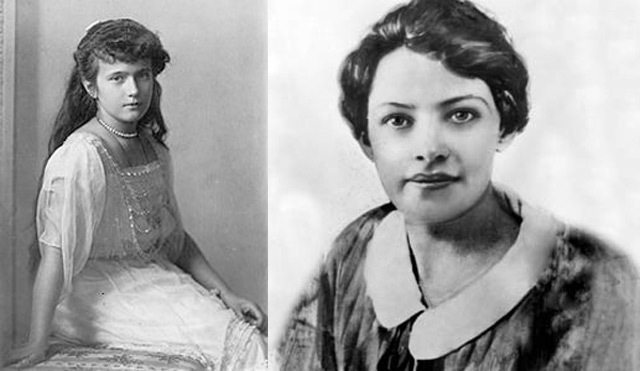
14. I Knew He Was Bluffing!
In 1962, Soviet leader Nikita Krushchev lied to JFK about planting armed nuclear missles in Cuba, but Kennedy called his bluff. For 13 days, the world anxiously waited for nuclear war, but thanks to some skilled negotiation on Kennedy’s part, he was able to reach an agreement with the Russians, and a crisis was averted.
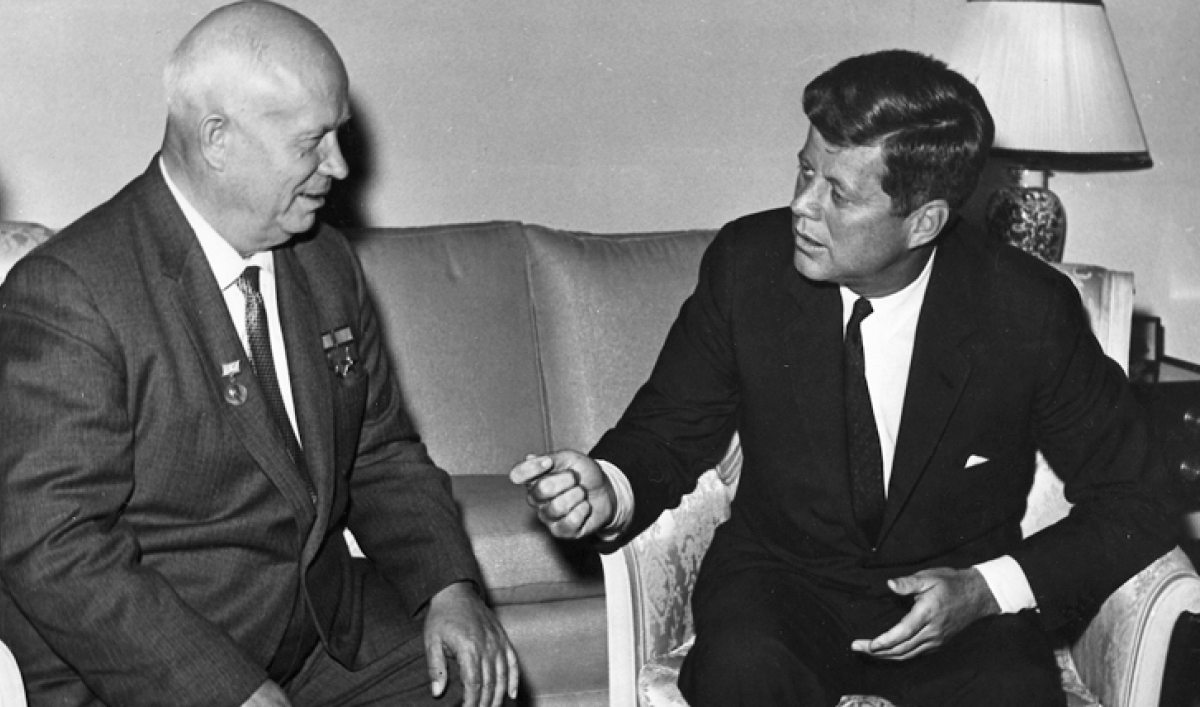
13. A Looting Gone Wrong
On July 14, French people celebrate a day of independence to mark the storming of the Bastille to free the unfairly imprisoned and to start a revolution. Or so we’ve been told. By the time the revolutionaries came to the Bastille doors, the prison was mostly empty, and they weren’t there for the prisoners–they were there to get more gunpowder. The raid turned violent, and the revolutionaries ended up beheading the prison officers and freeing the remaining prisoners.
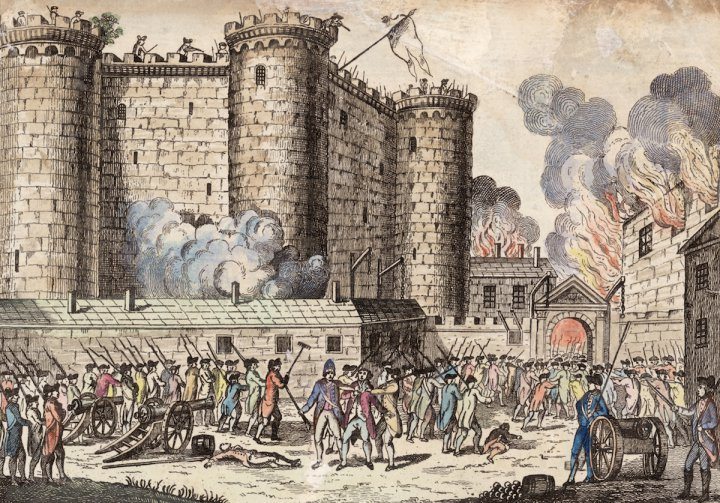
12. He Had a Few Flaws
Ghandi is revered as a symbol of peace and as a champion for civil rights, but few people know of his not-so-shiny side. When his wife was stricken with pneumonia, British doctors informed Ghandi that a shot of penicillin would cure her. He refused to have alien medicine injected into her body, and she died shortly afterward. Soon after, Gandhi caught malaria and allowed doctors to save his life with quinine. He also tried to get all references to homosexual traditions removed from Indian temples in an act that he called “Sexual Cleansing.” While he did want India freed from British rule, he was fine with the country’s caste system, and believed in the purity of races.
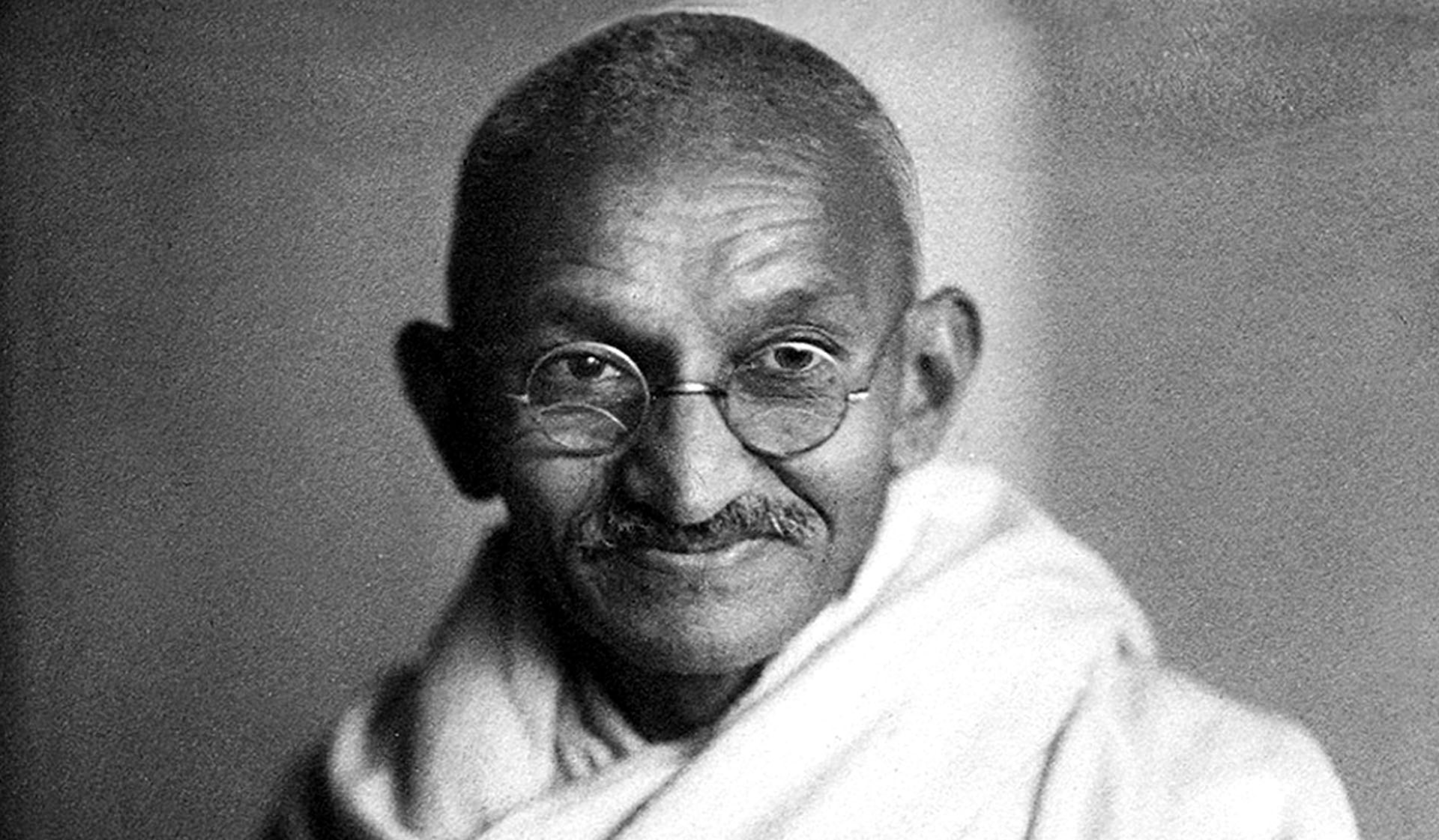
11. It Wasn’t the 4th.
While American Independence is celebrated on the 4th of July, the motion to declare independence from Britain was approved by Congress on the 2nd, and it was ratified on the 4th. The document itself wasn’t even signed until August 2, 1776.
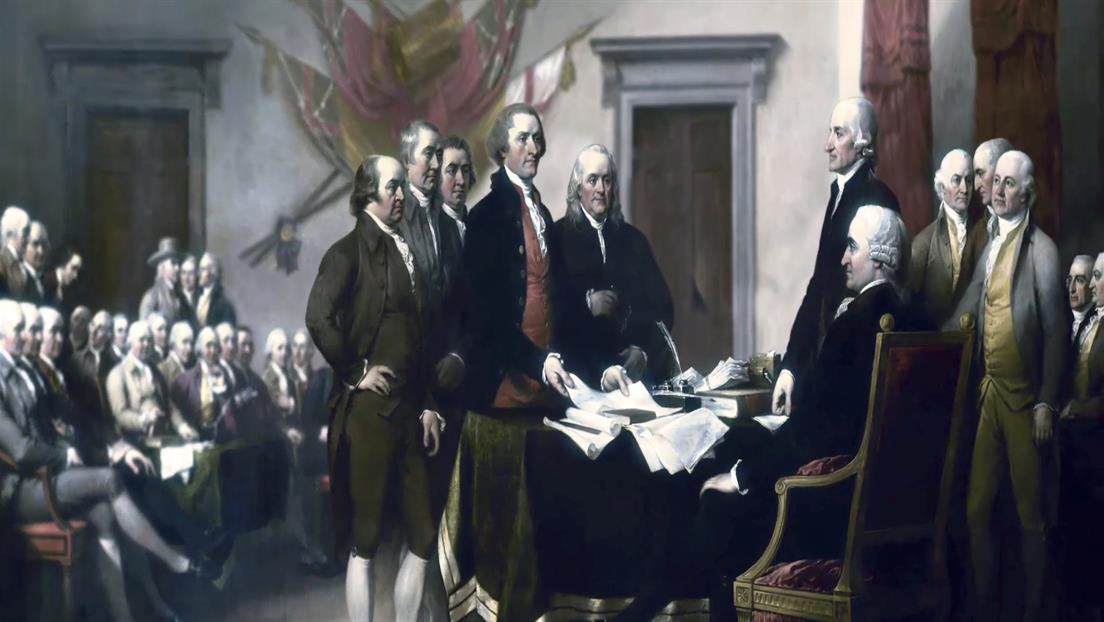
10. Undue Credit
JFK is credited with pushing through Civil Rights legislation, but the credit actually belongs to Lyndon B Johnson. Kennedy tried to stop Martin Luther King Jr’s planned March on Washington, and even sent VP Johnson to Norway because he didn’t like his pro-civil rights policies. After Kennedy’s assassination, Johnson put all of his efforts into passing the civil rights legislation, and in the end, Kennedy got the credit.
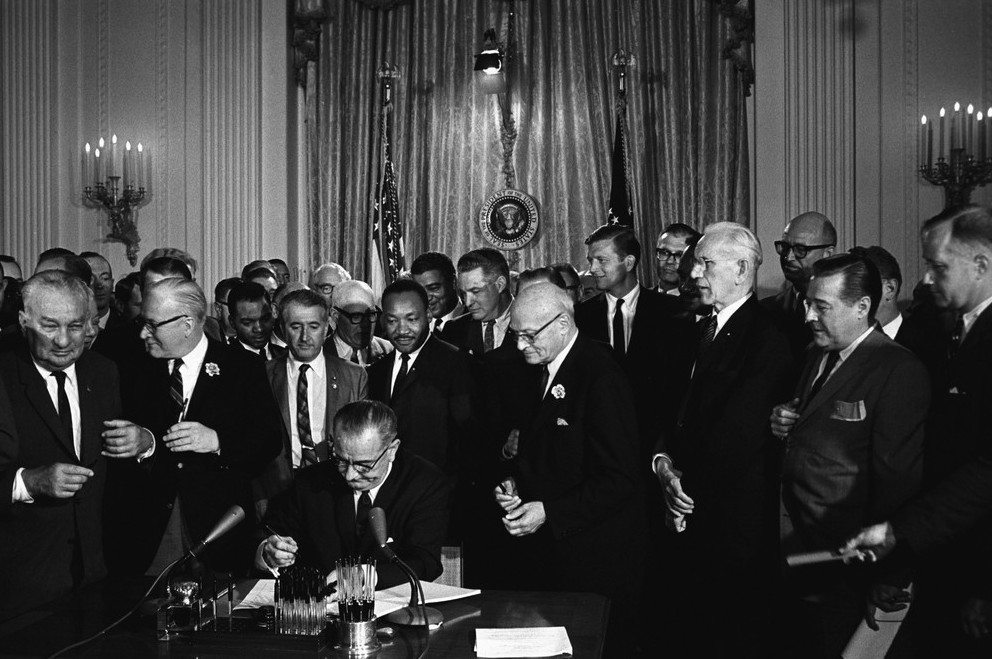
9. Closer to Equality?
Women’s history often revolves around the idea that, with the exception of when they worked in the factories during WWII, women always stayed home while men worked. Before the Industrial Revolution, work was an extension of the household, and men and women split the tasks evenly. Lots of women did stay home, but at the turn of the 20th century, women held a quarter of industrial jobs and half of agrarian jobs.

8. He Never Mentioned it.
In 1903, Albert Spalding, the magazine’s publisher and sporting goods kingpin set out to prove that baseball had American origins. He claimed to have been in Cooperstown when future Civil War General Abner Doubleday outlined the diamond in the dirt and wrote up the rules for the game, but his close friend AG Mills didn’t remember ever mentioning it, and Doubleday attended Westpoint–not Cooperstown. Alexander Cartwright was the true inventor, but it’s Doubleday who people remember.
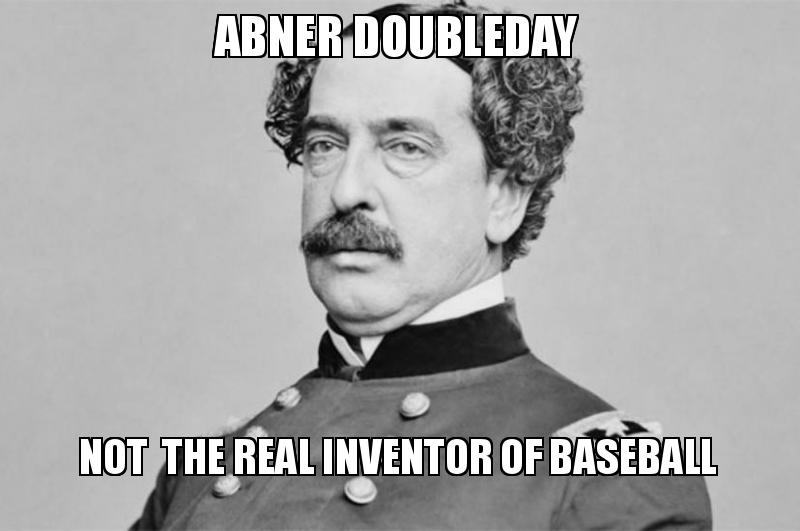
7. Mass Hysteria
In 1938, the Mercury Theatre on the Air program aired Orsen Well’s radio adaptation of H.G. Well’s War of the Worlds, and the local papers along with the national guard built up a few stories of panic into an incident of mass-hysteria to make the station look bad. In actuality, very few people were fooled by the broadcast, and it turned out that not that many people were even listening in the first place, because they were tuned into ventriloquist Edgar Bergen on NBC.
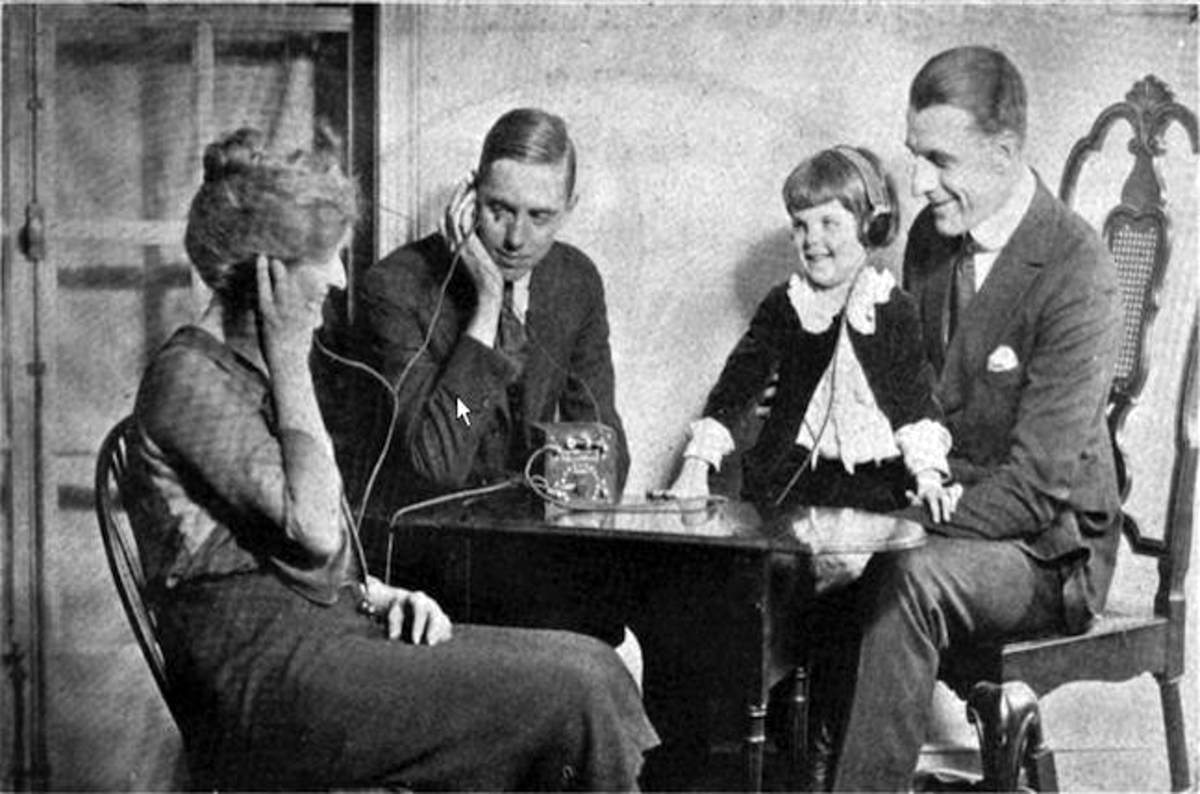
6. He Didn’t Invent Anything
Thomas Edison is credited with inventing the lightbulb, but the truth is that he was not actually the first person to create an electric light. He was part of a very competitive race where he borrowed, some say stole, ideas from other inventors who were also working on an electric incandescent bulb. Invention is a very complex social process where many people tinker and perfect an idea and only the last person gets credit. Edison was a very strong marketer and he was able to deliver the message that he invented the light bulb and it stuck.
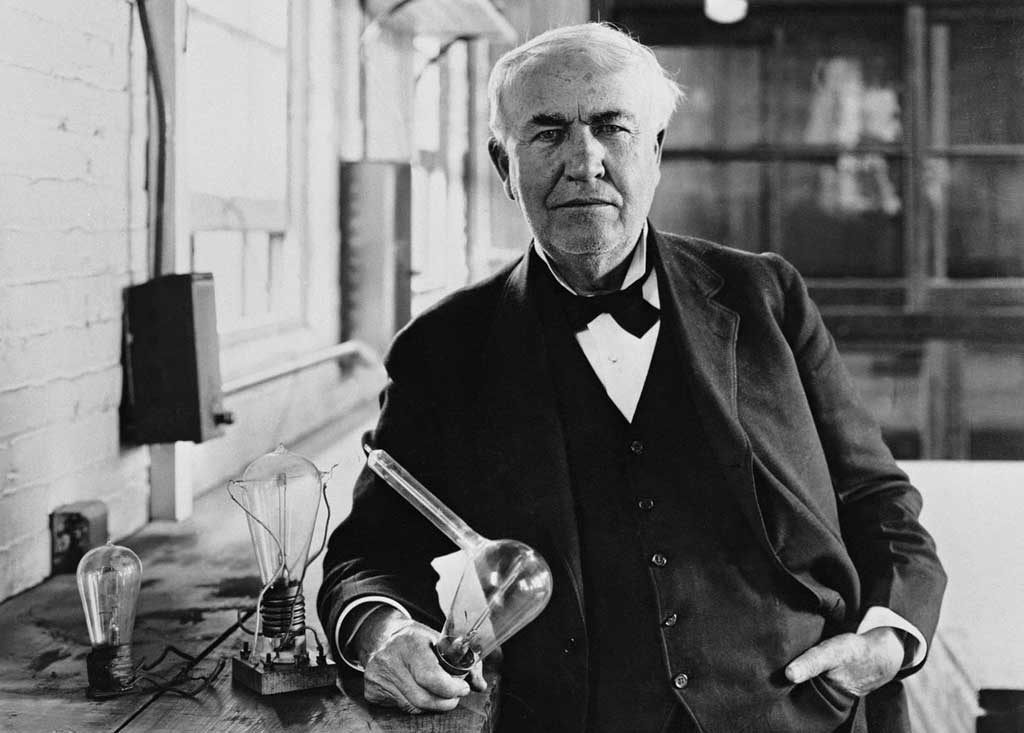
5. The Experiment that Never Was
Legend has it that in order to prove his theory that lightning is electricity, Benjamin Franklin conducted an experiment in which he went out in a thunderstorm and released a kite with a lightning rod attached to the top, and a metal key tied to the string. It’s true that Franklin proposed a kite experiment, but he never performed it, and the experiment had nothing to do with lightning.
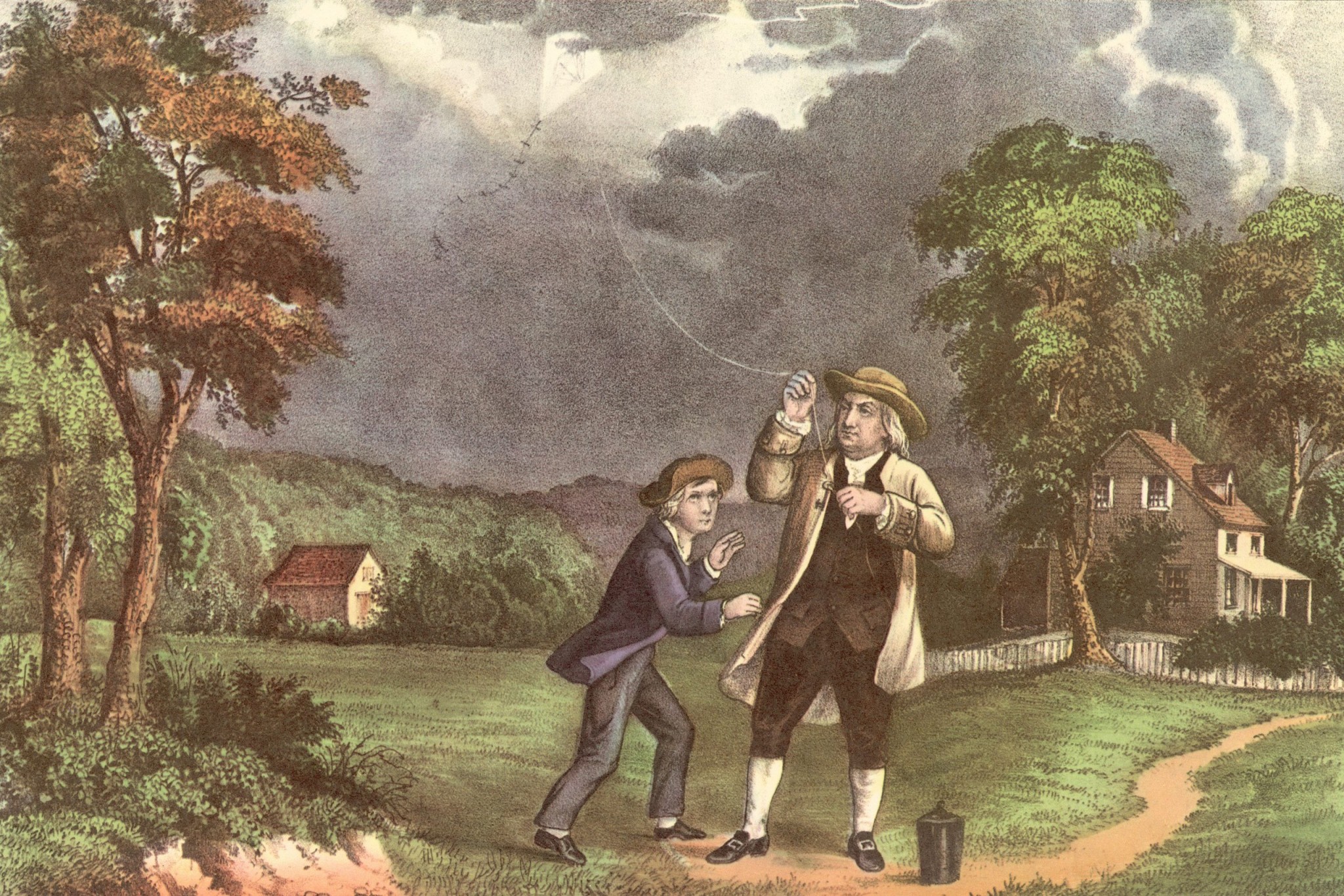
4. You Can’t Do That Here!
The famous bra burning during the Women’s Liberation Movement in 1968 always gets brought up in history lessons, but according to one of the organizers of the protest, that’s not quite what happened. The women did want to burn their bras on the boardwalk, but police wouldn’t let them, so they threw their bras and girdles into a garbage can, which they then set on fire.

3. He Was Never There
Christopher Columbus is credited with discovering the New World America, but the first explorer to discover America was Norse explorer Lief Ericson. Columbus never set foot on U.S. soil.

2. I Never Had “Relations” with Her!
In January 1998, a citizen journalist broke the story that Bill Clinton had been having an affair with intern Monica Lewinsky. Clinton publicly denied the allegations and lied under oath. When Arkansas state employee Paula Jones sued Clinton for sexually harassing her while he was Governor, Prosecutor Kenneth Star subpoenaed Clinton, and he was forced to admit to the relationship. During Bill Clinton’s impeachment hearings, it was actually revealed that Bill used a cigar to pleasure Monica Lewinsky.

1. The Big Lie
When Hitler rose to power, he created a national sweeping policy to eliminate Jews from the Earth called “The Final Solution.” To accomplish this, he and the Nazis orchestrated what they called “the big lie” where he used the German press to spread lies blaming Jews for all of Germany’s problems, and to convince Germans that Jews were there enemies.
